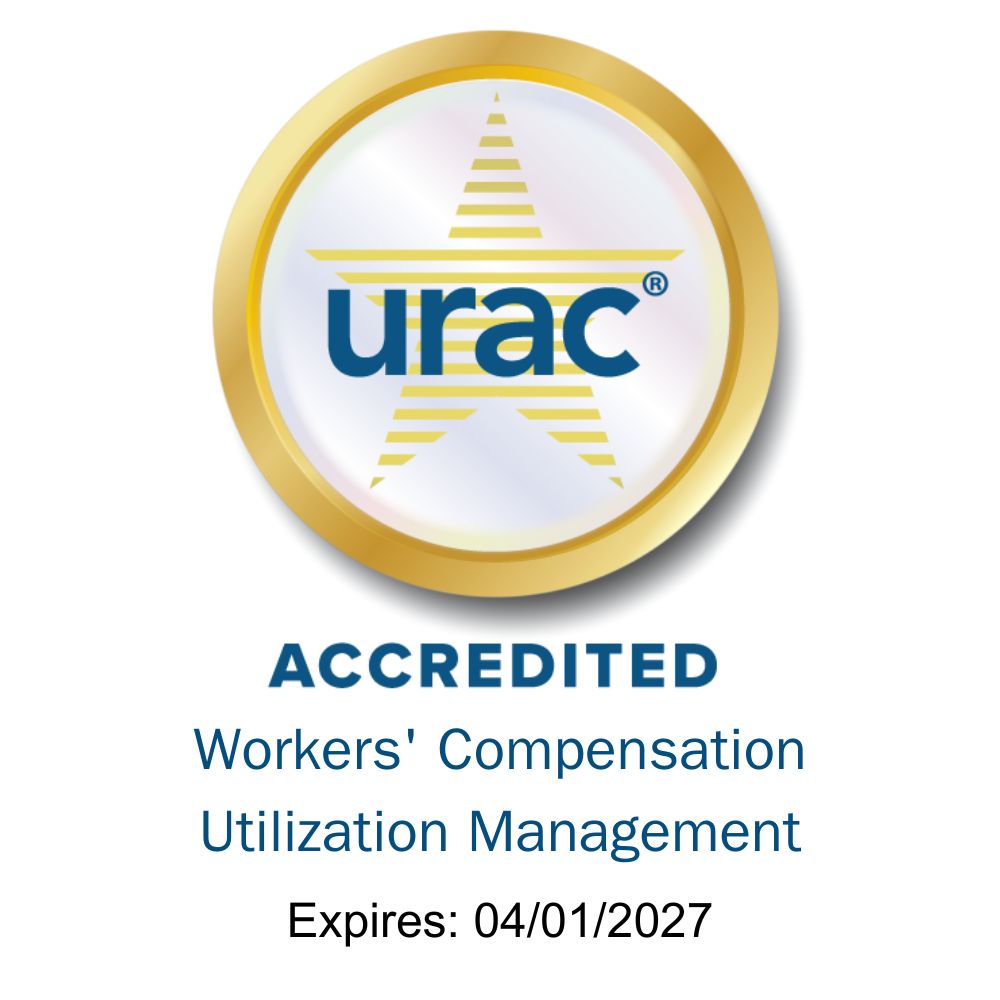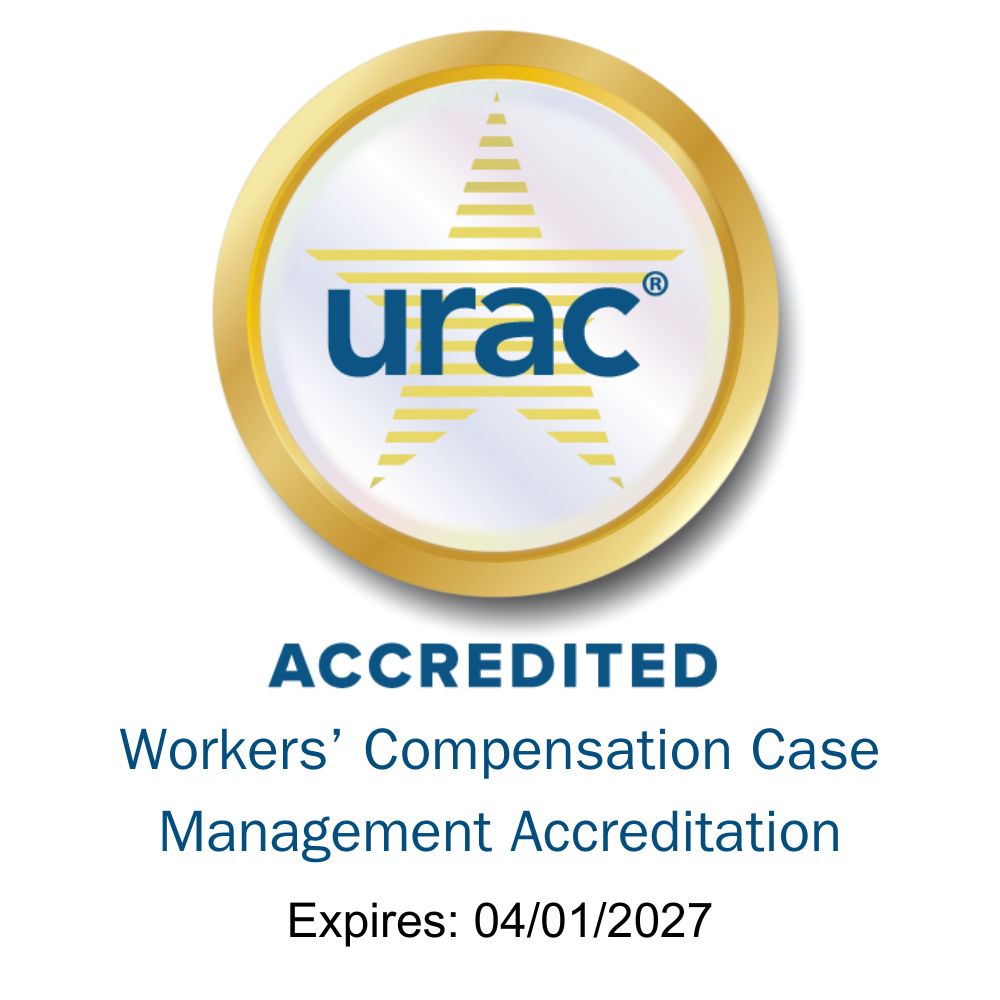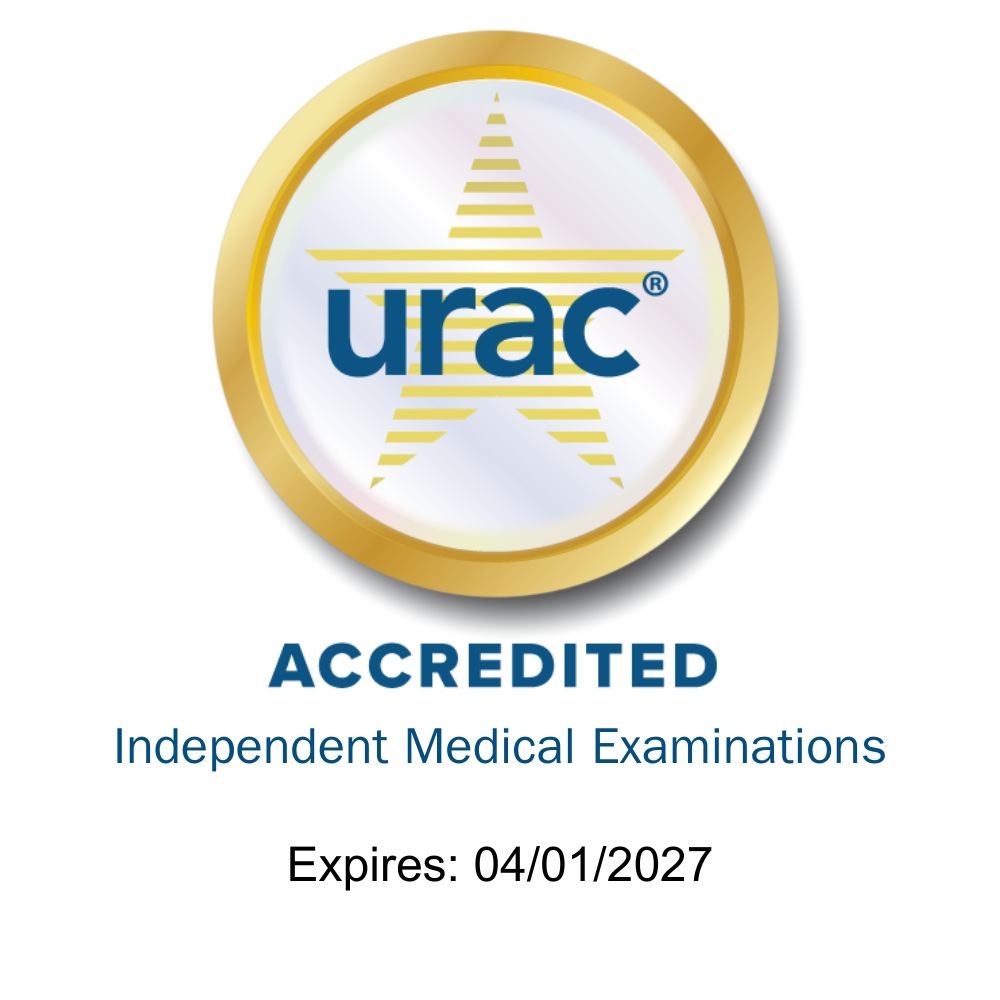Tom Kerr (TK): I’m Tom Kerr. In today’s discussion, Kevin Uffier offers strategies to help employers stay compliant with the ADAAA.
Kevin, what are some strategies companies can incorporate to better meet ADAAA requirements?
Kevin Ufier (KU): One would be developing internal policies for employers to meet the requirements of ADAAA. Again, it's showing good faith that you're someone who has asked us to look into a situation, the employee wants to continue to work, we need to look at, based on your request, what can we do about it. So, you need to show good faith that you're doing that.
Having job descriptions that describe the job in detail. Again, I find that most employers, they'll have a general task‑type of job description but they might not have a lot of details about the physical or the cognitive aspects.
They should provide training to their managers about what to do when they see a request and what might be the process. They may be brought into the interactive process to say, “what can we do to change a job? Can you change a job and still meet the requirements?”
It could be something as simple as changing lighting, changing chairs, allowing someone to work from home part of the time, depending on what the nature of the impairment is. So, they just have to be open to understanding what might go on.
There should be a process about documenting the interactive process and this is, at Genex, where we are useful to employers about going outside to the medical professional and obtaining additional information, if needed, to help understand the nature of the limitation. Not all situations require it. Sometimes the accommodation request has all the information you need right then and there; but some are questionable, or vague.
Having meetings with the employee in order to do the interactive and find out exactly what's going on, and that could be by phone or in person. Again, documenting each step, whatever you took is necessary. Come up with a plan. If there's an agreement, there should be follow‑up to make sure things are going well based on the changes in the position if that is what has happened.
Records should be kept for one year unless there's been some sort of inquiry from the EEOC that maybe something wasn't right. And then, standardly, a lot of managed care companies keep records for seven years, so that's what Genex would do because we would document in our system.
TK: Under the ADAAA, do job modifications requests need to come from the employee, or can employers be proactive and implement them on their own?
KU: Actually, a change in claim information can even create the need. We have actually several customers where the STD claim, or the workers' comp claim has restrictions and limitations which the person may have been out on claim that almost triggers a request.
A physician can, trigger it, a spouse, a relative. A co‑worker can say, “I think Jane Doe or Tom Doe actually could probably benefit from some kind of change.” So, it doesn't have to be the employee themselves, other people can actually do it on their behalf. Even a physician, like “I think they need to have some kind of accommodation request.”
But a lot of ADA requests come before somebody has even gone out on a claim. Somebody being on a workers' comp, or an STD claim, and there's a restriction change which might allow the person to come back to work. That should trigger even a request from the employer side, like, “hey, we got somebody that might be able to go back to work.”
There is actually FMLA, the Family Medial Leave Act, a lot of employers had run into trouble because they were automatically terminating the relationship from an employment perspective once that time had lapsed. There's some evidence in case law that you should have some consideration before you terminate them. If that's your policy, you should look at is there other jobs they could possibly do? And that's what we have been involved in with some employer groups with the ADAAA activities.
TK: So I guess the proactive strategy would be a good way to avoid the legal route?
KU: Yeah, but an adversarial attorney letter from an employee isn't necessarily a bad thing, they may be just inquiring. But, you know, in order to avoid that it makes sense to say, “yes, we have a policy in place that when somebody makes a request, this is what we do.” And again, we have helped employers do that when they haven't had any and developed it
TK: In the end, what’s the overall goal of the ADAAA in the workplace?
KU: It’s to allow employees, people who have impairments, the opportunity to work, to access the workplace — that was the original intent of the ADA — and then to, if they should have some problems that develop while they're working there, consideration to accommodating these impairments so they can continue to work.
Work is an important aspect of people's lives, and I think that's what Congress intended to say —let's allow people to have access to work and to continue to work and let's have employers be a little bit more open to that and help them, making it regulation since not everybody's doing it on their own. We're going to have it as an expectation from a regulations standpoint.
TK: Thanks, Kevin







